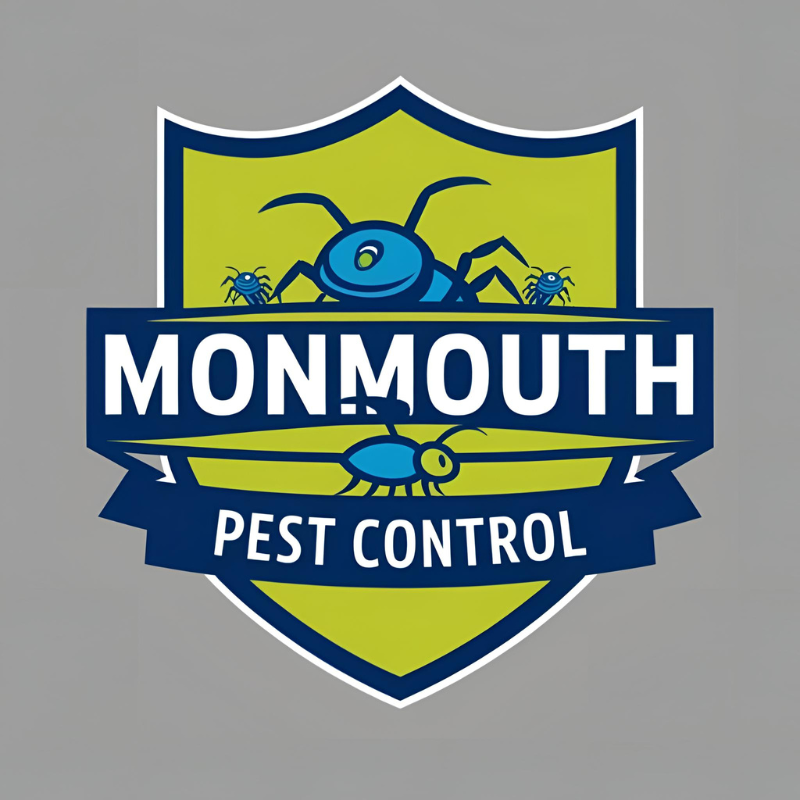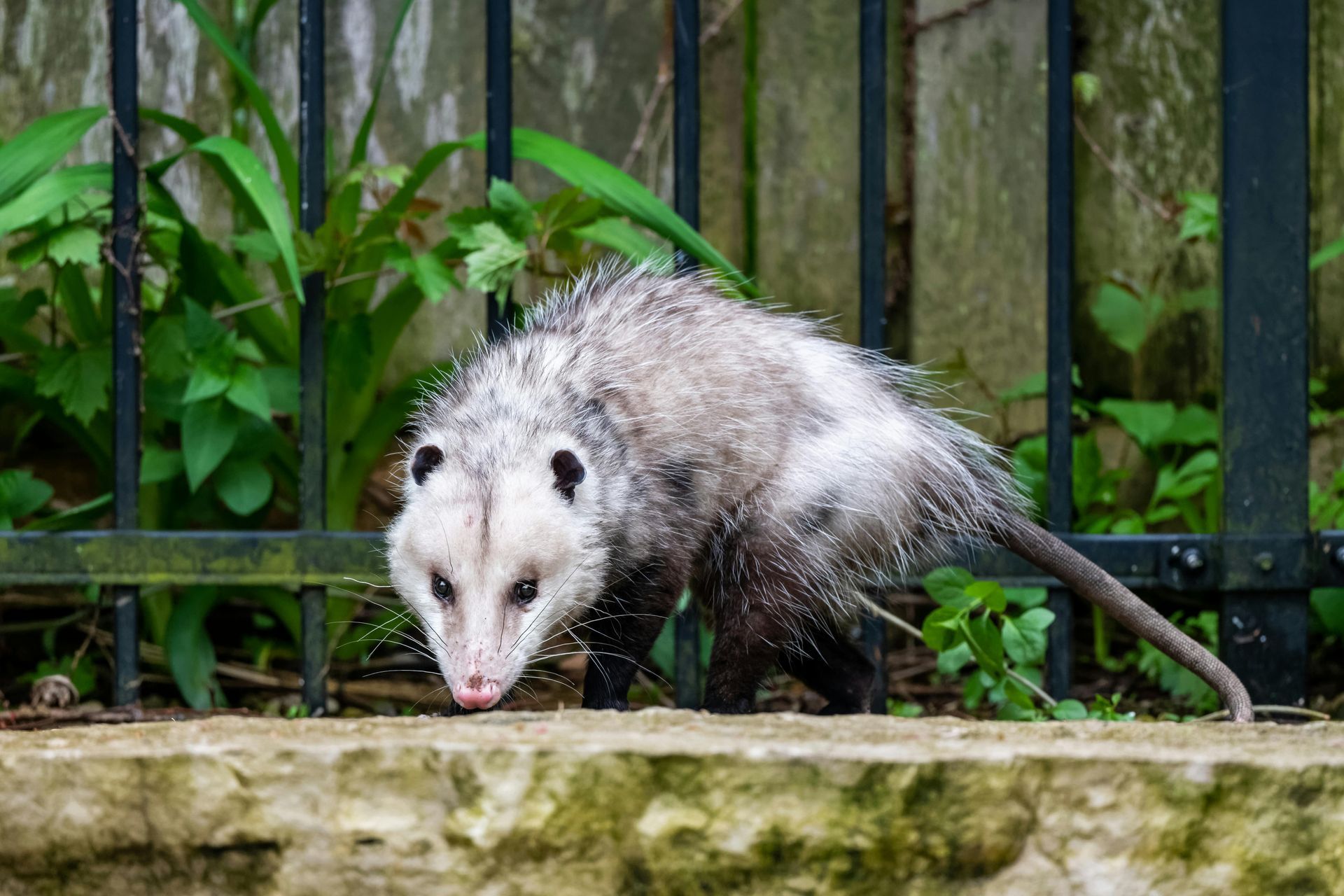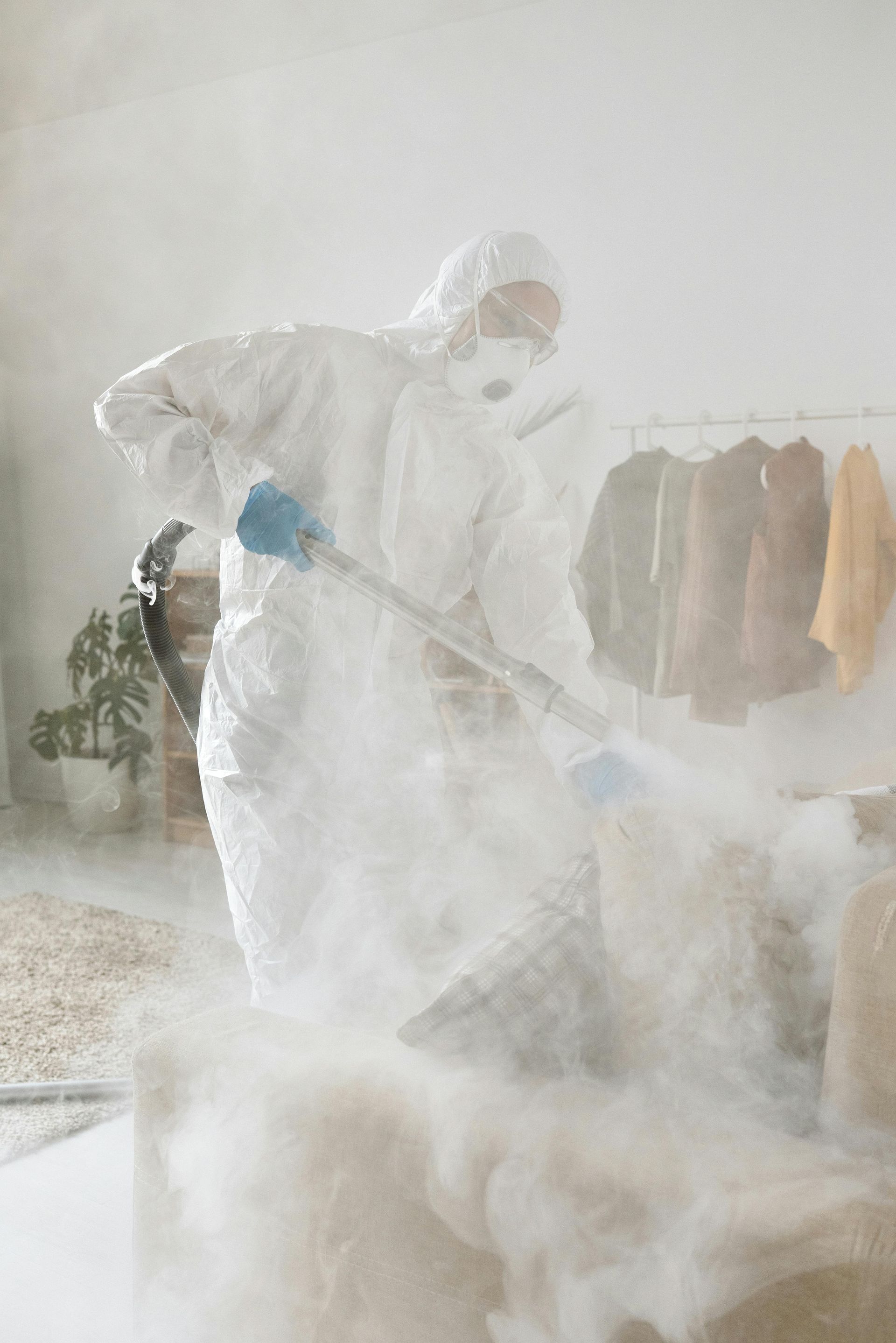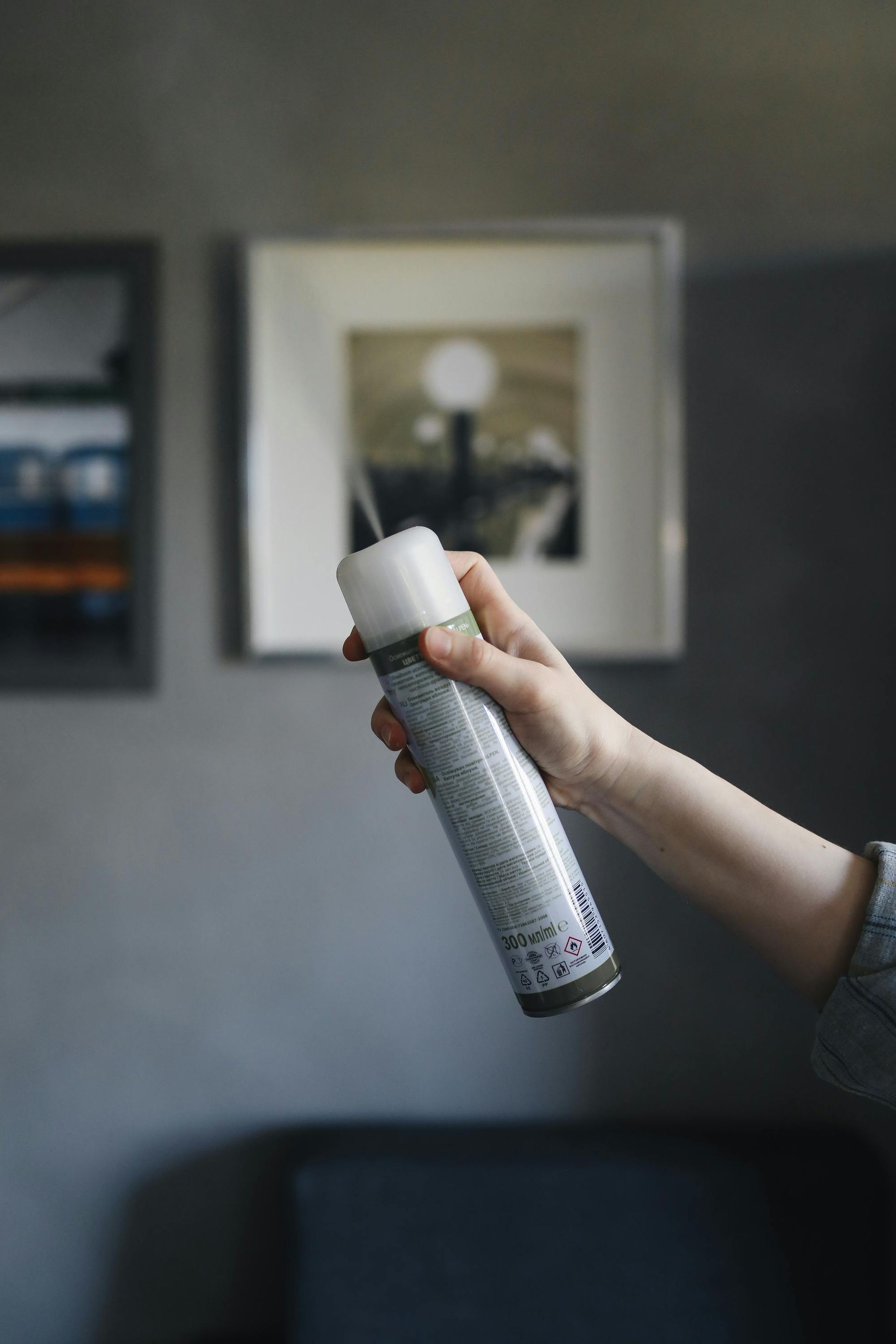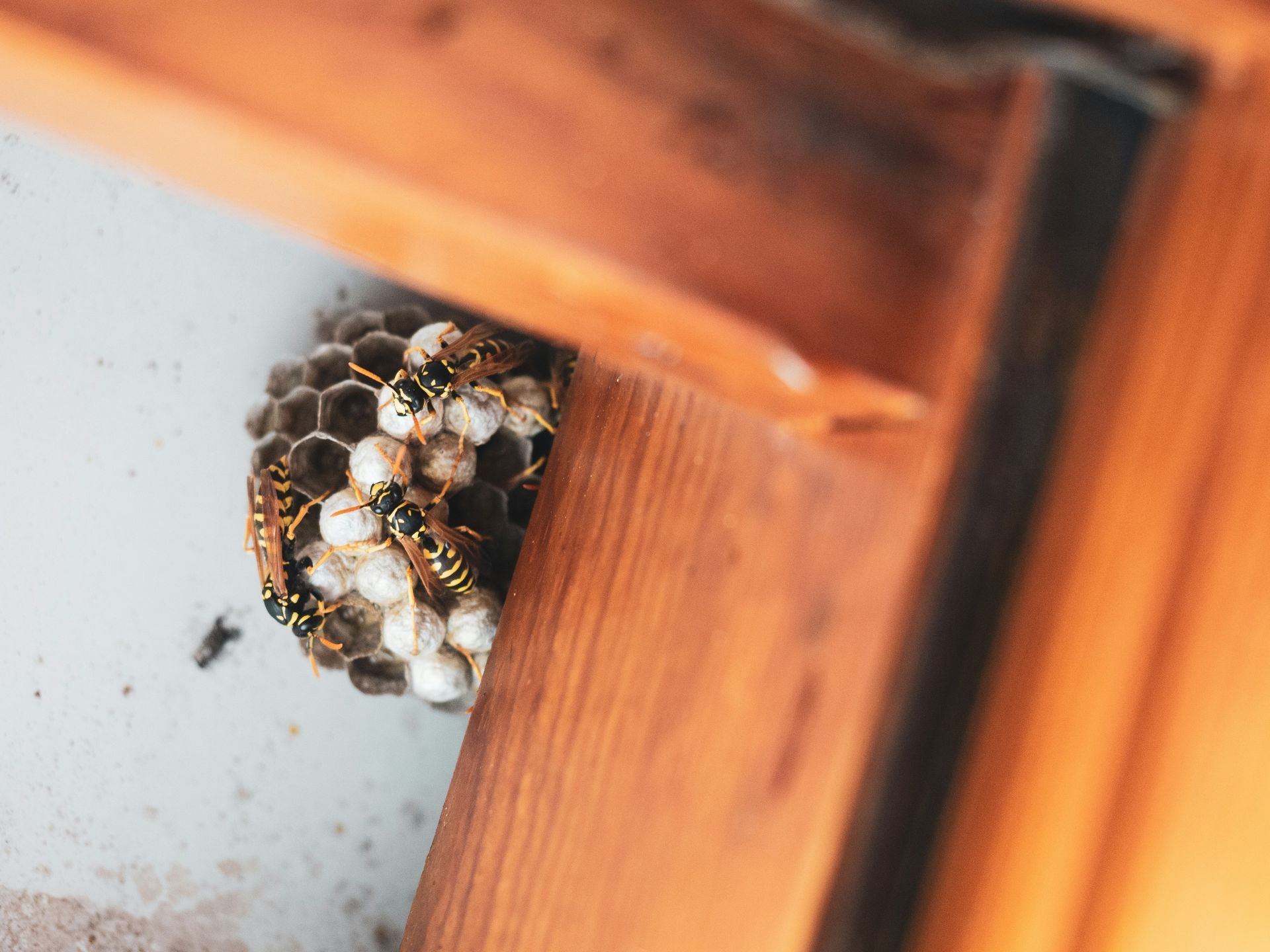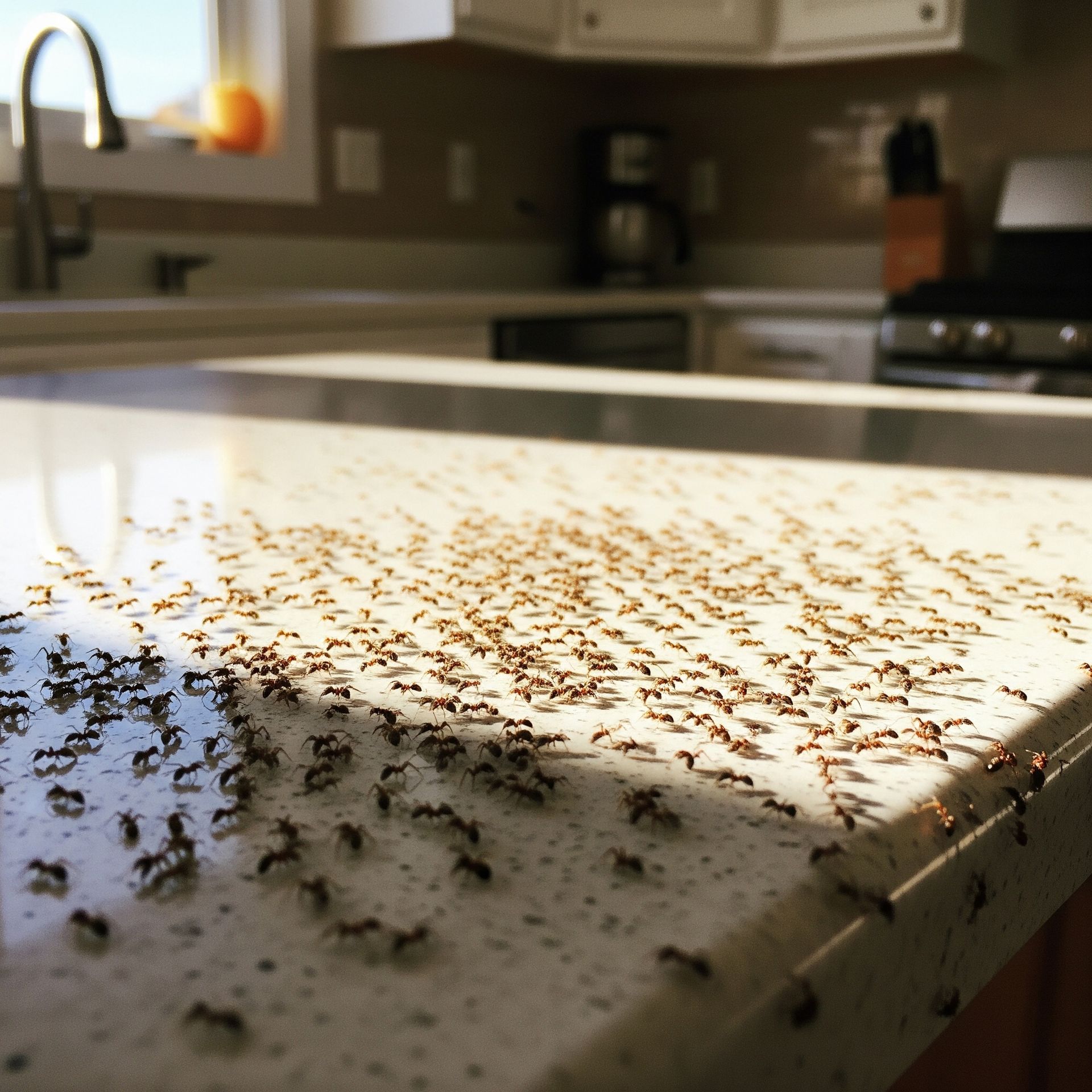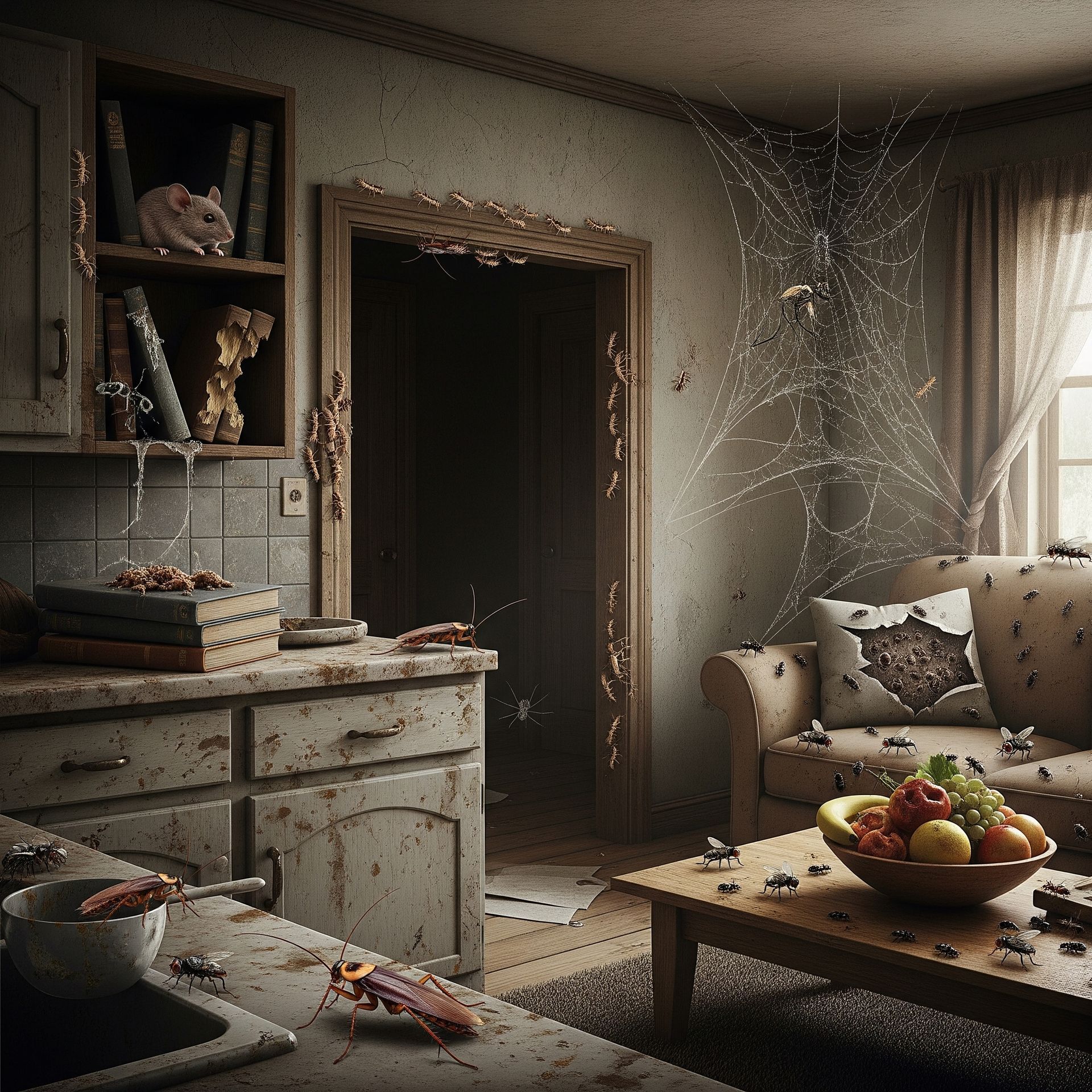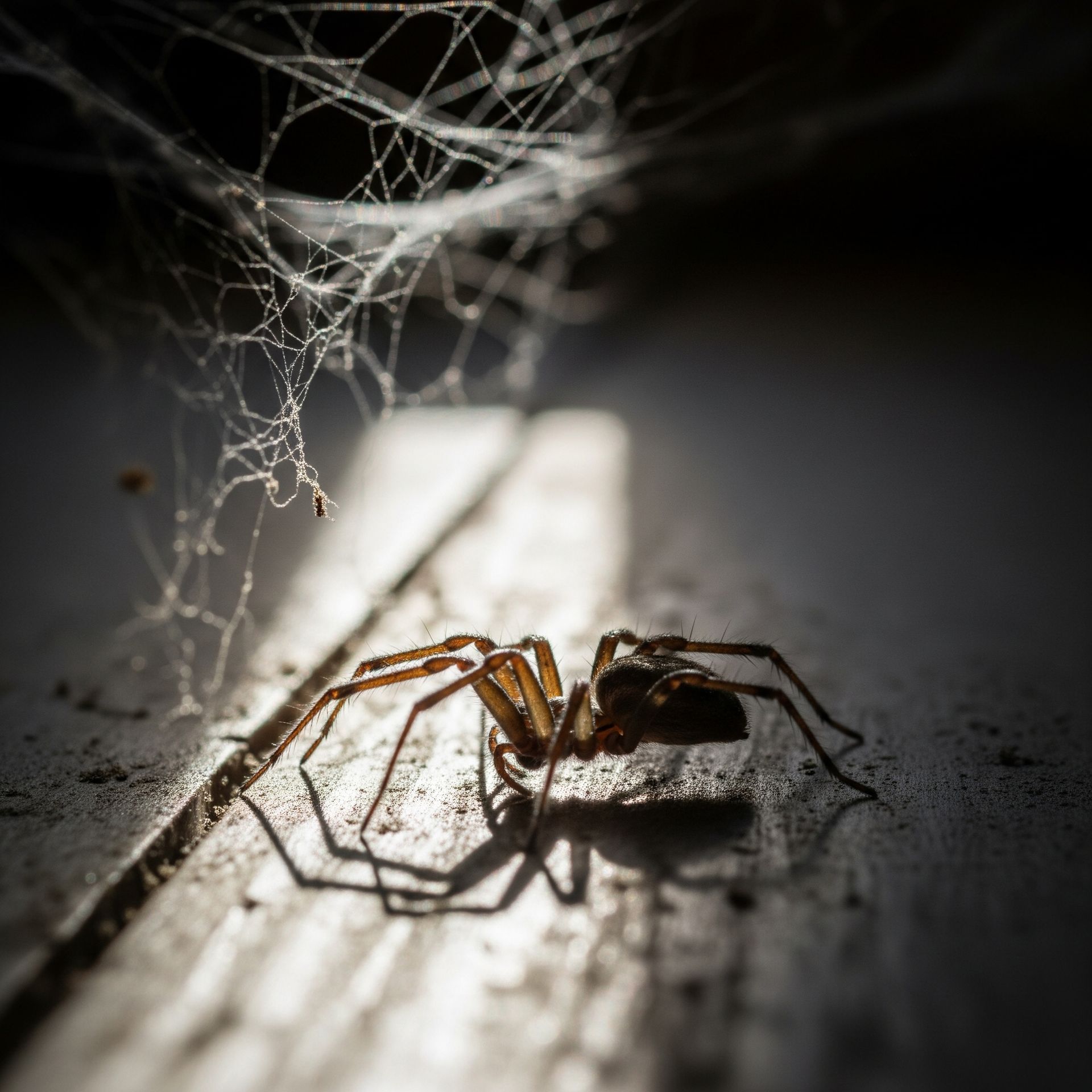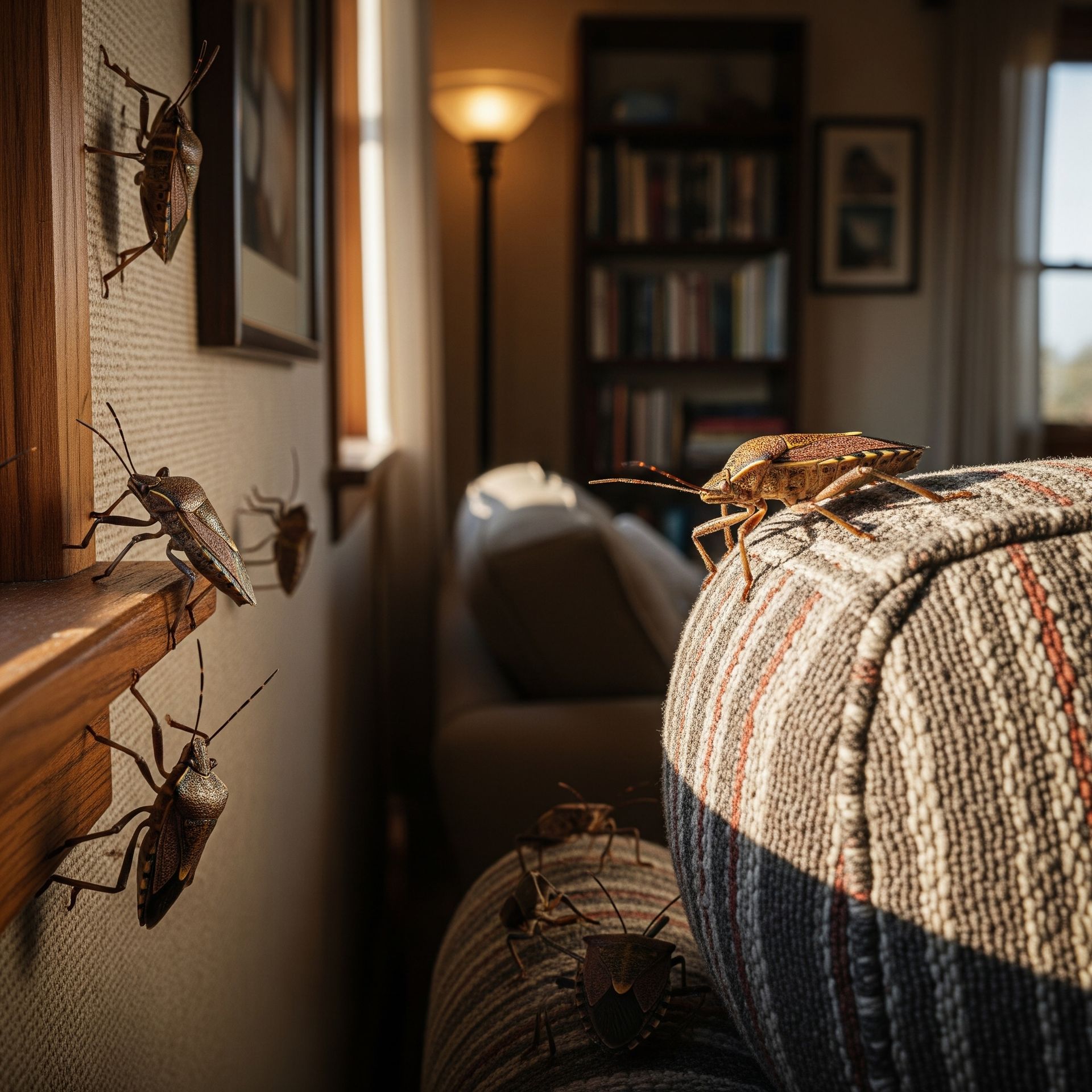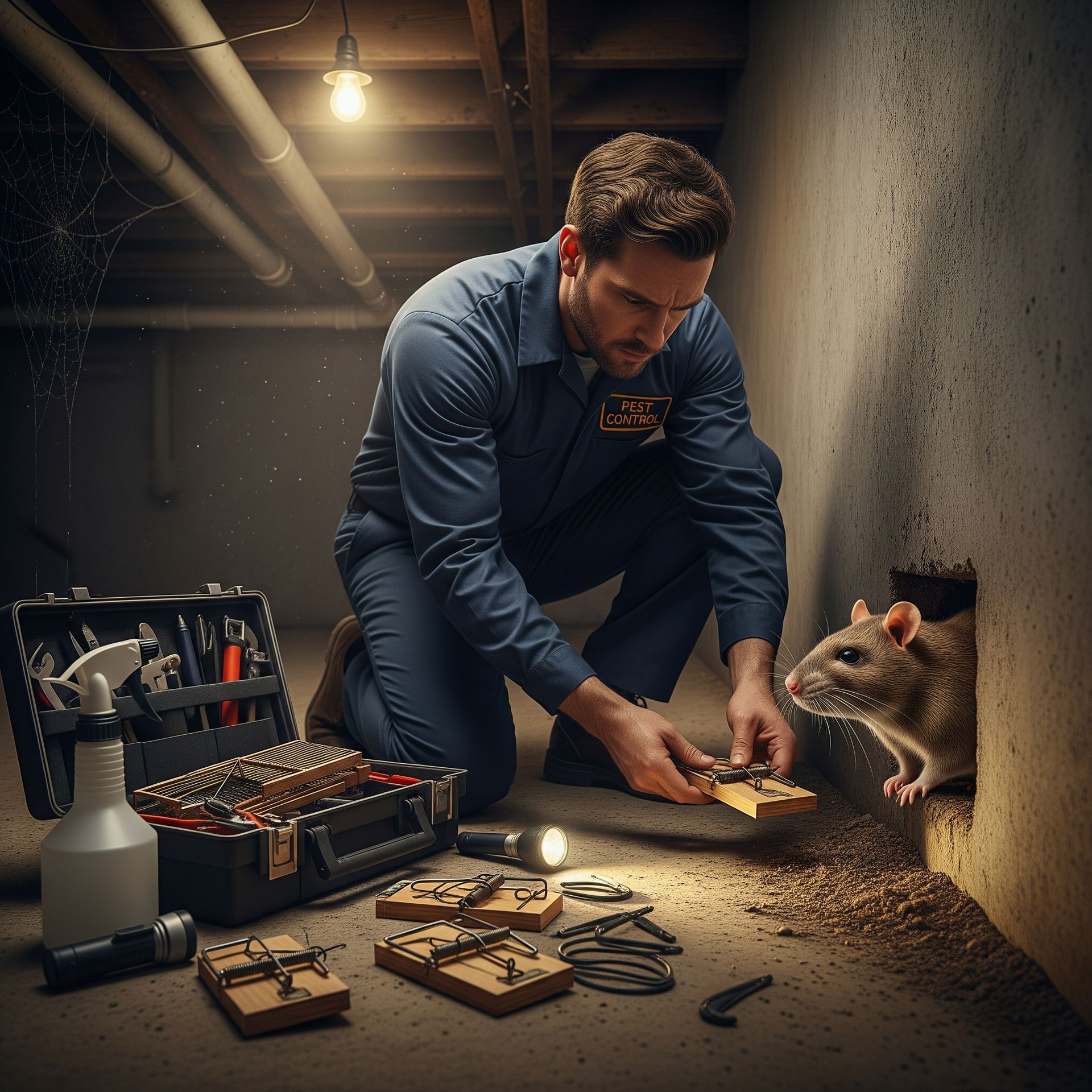Understanding the Life Cycle of Termites in New Jersey Homes
Key Takeaways
- Termite colonies in New Jersey start from tiny white eggs laid continuously by the queen termite.
- Nymphs hatch from eggs and develop through stages, differentiating into workers, soldiers, or reproductives.
- Subterranean and drywood termites are common in New Jersey, each with distinct habitat preferences and behaviors.
- Signs of termite activity include mud tubes, hollow wood, discarded wings, and blistered surfaces in homes.
- Early recognition of termite life stages and signs helps prevent extensive structural damage in New Jersey homes.
The Basics of Termite Biology
Termites might be tiny, but they play a big role in nature. Understanding their biology is the first step in learning why they behave the way they do.
When you look at termite anatomy, you’ll notice they have soft bodies, straight antennae, and thick waists, which sets them apart from ants. Recognizing these features makes it easier to identify them.Their behavior is fascinating. Termites live in tight-knit colonies where each member has a role, from the workers to soldiers, and the queen.
Although many people see them only as pests, termites help recycle dead wood and plant material, making them
essential for the environment. By learning about termite anatomy and behavior, you gain a better understanding of these insects and feel more connected to the natural world around your home. It’s like becoming part of a club where you know the secret life of these tiny, hardworking creatures.
Identifying Termite Species in New Jersey
Many homeowners wonder which termite species might be lurking around their New Jersey homes. Knowing the type you’re dealing with is the first step in keeping them under control.
Using termite identification techniques helps you spot these pests early. In New Jersey, subterranean termites are common and thrive in moist soil and wood, while drywood termites prefer drier conditions inside walls. Dampwood termites can also appear, though they’re less common in this area.
Each termite type has unique habits and signs, so understanding their differences helps you stay ahead of potential problems and feel more confident as a homeowner. Even if you’re not an expert, simple clues like finding
tiny wings on your windowsill or spotting small mud tubes can alert you to termite activity.
Egg Stage: The Beginning of the Colony
Now that you know how to spot different termite species around your home, it’s important to understand where it all begins: the egg stage.Termite eggs look like tiny white ovals, similar to miniature jellybeans, though certainly not as tasty. These small, fragile eggs stay hidden in the warm, dark corners of the termite colony for protection.
The
queen termite lays eggs continuously, and each one has the potential to grow into a worker, soldier, or reproductive termite. This stage marks the true beginning of
colony formation, where the entire community takes shape from these
tiny beginnings. It’s much like watching a neighborhood expand from just a few houses into a busy town. By learning about termite egg characteristics, you gain an important step in recognizing how a termite colony builds itself inside your walls.
Nymph Development and Caste Differentiation
Once those tiny eggs hatch, the real changes begin with the nymphs. Think of them as termite teenagers figuring out their place in the colony. During this stage of nymph growth, young termites start developing into different caste roles, much like choosing a career path. This phase plays a crucial role in shaping the colony’s future, as it determines which termites become workers, soldiers, or reproductive members.
Here’s a quick peek at how nymphs differentiate:
| Stage | Description |
|---|---|
| Early Nymph | Just hatched, small and fragile |
| Mid Nymph | Growing, starts showing traits |
| Late Nymph | Near adult form, key decisions |
| Caste Determined | Assigned role in colony |
| Final Form | Fully specialized termite |
Roles of Worker and Soldier Termites
Together,
worker and
soldier termites create a strong team. Each group plays an important role in keeping the colony safe, organized, and thriving beneath the surface.
Worker Termites
After nymphs choose their roles,
worker termites take on the essential tasks that keep the colony running smoothly. Worker termites handle all the hard work, including feeding the colony,
building tunnels, and cleaning up debris. Their worker responsibilities might seem mundane, but the colony depends on their constant activity. They act like the busy bees of the termite world, always moving and maintaining the colony’s structure and well-being.
Soldier Termites
While workers stay busy with daily tasks,
soldier termites focus entirely on being the colony’s protectors. These termites
stand guard at tunnel entrances and stay alert for intruders, especially ants or other threats that could harm the colony. Although they look fierce, soldier termites don’t handle chores or construction work. Their job is singular and vital: to defend their home, which is
teamwork at its finest.
The Swarming Stage and Reproductive Termites
While worker and soldier termites keep the colony active and organized, the most dramatic event happens like a
termite party.
Swarming behavior marks the start of a new phase in the reproductive cycle. On warm and humid days, winged termites leave the colony and take flight. These flying termites are the future kings and queens, prepared to find new locations where they can establish fresh colonies and continue the termite life cycle.
Here’s what you should know about this stage:
- Swarmers leave the nest in large groups to mate mid-air.
- After landing, they shed their wings and search for a cozy spot.
- A new king and queen pair up to found a fresh colony.
- This marks the beginning of a brand new reproductive cycle.
Signs of Termite Activity in Your Home
Even though termites are tiny, they can create big problems once they move into your home. You might not notice them right away, but spotting visual signs early can help you avoid serious structural damage later.
Look for mud tubes along your foundation or walls, which act as termite highways. Check for blistered or hollow-sounding wood when tapped, a clear sign that termites are feeding inside. Also, watch for discarded wings near windows or doors, which often indicate swarming termites preparing to start new colonies.
If you see any of these warning signs, your home might be waving a
red flag. Acting quickly protects your property and gives you peace of mind. It’s always ideal to have
termite control and treatment, so knowing what to look for helps you stay ahead.
Frequently Asked Questions
How Long Does Termite Treatment Typically Last in New Jersey Homes?
Termite treatment in New Jersey homes usually lasts between five and ten years. Effective treatment methods help protect your home and bring peace of mind, ensuring long-term safety for your property.
What Are the Best Preventative Measures Against Termite Infestation?
More than 600,000 homes face termite damage each year. You can protect your home by installing termite barriers and managing moisture levels around your property. These preventative steps help keep your home safe and healthy.
Can Termites Cause Structural Damage to Furniture as Well as Homes?
Termites can damage furniture just as they do structural parts of a home. With their long termite lifespan and constant wood chewing, it’s important to protect both your house and your belongings from potential damage.
Are Pets at Risk From Termite Control Chemicals Used Indoors?
Pets can be sensitive to termite control chemicals used indoors. To keep them safe, follow all treatment guidelines and work with professionals who prioritize pet safety. This helps create a secure home for both your family and your animals.
How Often Should Professional Termite Inspections Be Scheduled?
You should schedule professional termite inspections at least once a year. Regular inspections help protect your home from hidden damage and keep termite problems under control before they become costly repairs.
Final Thoughts
Now that you understand termites behave like tiny undercover agents setting up camp in your home, you’re ready to spot the warning signs early. Stay watchful for any clues of their presence and avoid letting these pests turn your walls into their own gathering place.
Having a professional around that does
insect-specific services helps. They have the expertise and equipment to handle it before they swarm saves you stress, time, and money. Stay alert and act fast to keep your home termite-free, which is a result worth celebrating.
